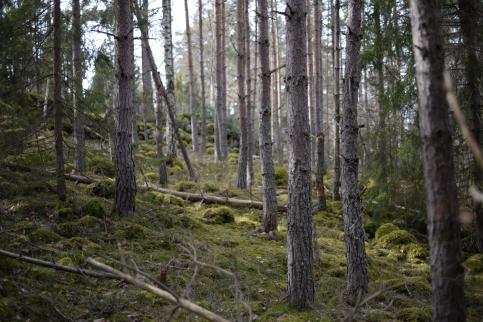Background & Aim
Background

Today, old growth forests are continuously decreasing due to deforestation. This is problematic since those forests contribute with ecosystem services, such as soil protection, air and water purification, wildlife habitat, noise control, various types of recreation, and carbon storage. Species dependent on dead wood, different stages of decaying wood, large trees, and forest cover continuity have a particularly high risk of extinction. Saproxylic beetles are dependent on dead wood, and different stages of decaying wood, which is why they are threatened to extinction. Saproxylic beetles compose a significant part of the boreal forest biodiversity and play a key role in forest dynamics since they contribute to degradation of wood, nutrient cycling, and soil fertility. Should one species of saproxylic beetles go extinct, it could affect the entire ecosystem in ways that are difficult to predict. Despite an increase in number of red-listed beetles in Sweden, from 2015-2020, only 8.7% of Sweden's forest area is formally protected.
Aim
To facilitate and aid conservation management of saproxylic beetles in Sweden, a clear understanding of important habitat features is needed. It is also important to understand how saproxylic beetles are affected by the swedish management approach, to conserve beetles in boreal forest landscapes including production forestry, since it is largely untested. Therefore, the aim of this project was to explore the effects of forest management and ecological factors on saproxylic beetles. I tried to answer:
1. How do saproxylic beetles differ between spruce forests in nature reserves and production forests of different age?
2. How much do environmental factors affect saproxylic beetles?
Responsible for this page:
Director of undergraduate studies Biology
Last updated:
05/12/21
